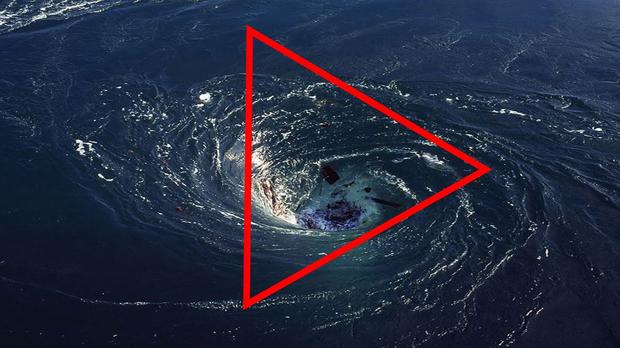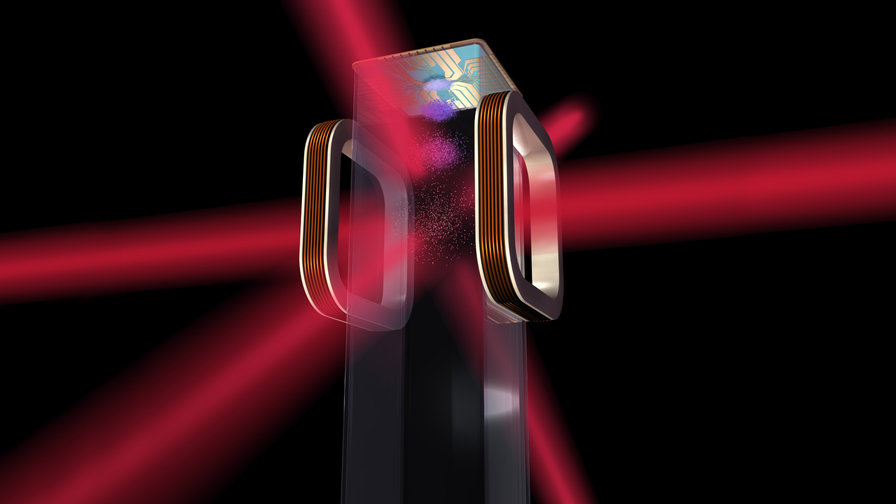
Bermuda Triangle Mystery Solved? Scientists Think They’ve Figured It Out.
The Bermuda Triangle isn’t real. Let’s rip that band-aid off right now. Every now and then, something happens and the “mystery” of the region is claimed to have been solved, but the twist in the tale was that there was never any real mystery to begin with.
A quick scan of the headlines suggests that this mystery has been solved once again. Before we find out what “rogue waves” are, though, a little more on why the Triangle itself is bullshit is required.
The Triangle forms a space between Florida, Puerto Rico, and Bermuda. It’s long been rumored that planes, boats, and the like go missing in the triangle far more frequently than anywhere else in the world, and that they disappear under mysterious circumstances.
Sure, there have been some unexplained incidences of ships and planes being removed from sight there, but this applies to missing vessels all around the world.
We’re still, rather famously, not quite sure what happened to Malaysia Airlines Flight 370 when it disappeared back in 2014. There are several hypotheses as to why it went missing, and where, but that doesn’t mean a freaky, Bermuda Triangle-esque tale is to blame.
Here’s the kicker: no scientific organization on Earth, including the National Oceanic and Atmospheric Administration (NOAA), recognizes the Bermuda Triangle’s existence. Statistically, planes and boats are no more or less likely to go missing within it than they are in other parts of the open ocean.
It’s just a legend. The US Board on Geographic Names doesn’t even recognize the name “Bermuda Triangle”, and they would know.
The Bermuda Triangle’s latest return to the news comes courtesy of a documentary – The Bermuda Triangle Enigma – that consulted with bona fide scientists to try to suggest why things may sink in the region, other than through mechanical failure or pilot error.
As noted by HuffPost, an oceanographer from the University of Southampton, Simon Boxall, suggests that converging storms in the already storm-prone region could trigger huge waves.
These “rogue waves” could hypothetically reach heights of 30 meters (100 feet), and could sink boats with relative ease. This was backed up by benchtop experiments using replicas of the USS Cyclops, a ship that went missing in the area in 1918.
Rogue waves are, in fact, real. Long thought to be just stories, NOAA notes that they’ve only recently been recognized by scientists in the last few decades. Their appearances and movements are unpredictable, and their formation mechanisms are ambiguous as they’re difficult to observe.
There are two possibilities. One is that the crests of individual waves coincidentally match up and reinforce one another through a phenomenon called constructive interference. Alternatively, storm-generated waves get focused by underwater currents, such as the Gulf Stream.
Fair enough: powerful storms certainly can sink ships. It’s also pointed out, however, that the Cyclops’ design made it vulnerable to tipping over, like several other vessels of that era.
It’s certainly a step up from the usual theories, which range from the vaguely plausible-but-debunked to the fantastical and ludicrous. The most intriguing of them all was the idea that large bubbles of methane were escaping from hydrated reserves in the seafloor, whereupon they got to the surface and tipped boats over.
The problem is that no geological survey has found any such methane reserves within the triangle’s boundaries. The only good thing about this idea was its name, per NOAA: “oceanic flatulence”.
Although rogue waves could be to blame for certain disappearances, it’s important to stress that the Bermuda Triangle itself still isn’t real. It’s tricky to solve a mystery that doesn’t technically exist.














Thems tall waves to take out an aeroplane.